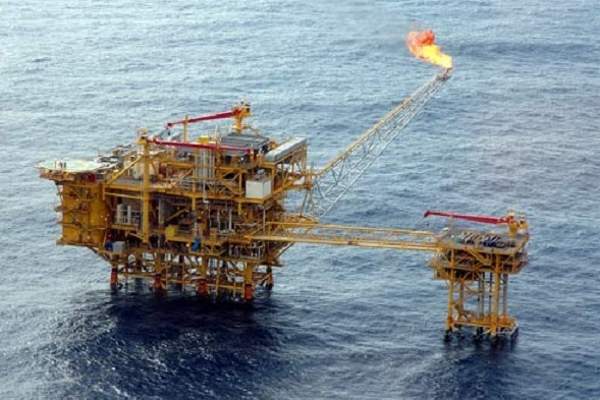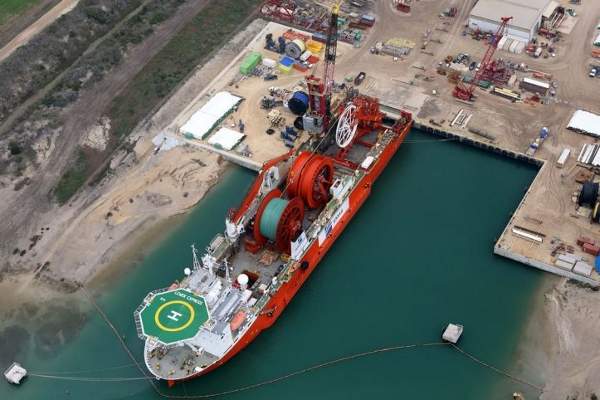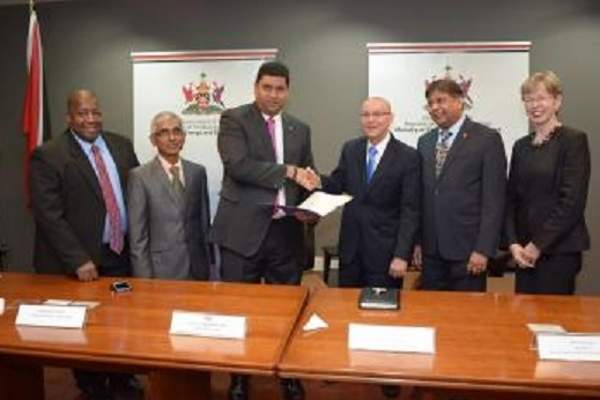The Greater Angostura field lies in block 2C, approximately 38km off the north-east coast of Trinidad, at a water depth from 120ft to 200ft. It is located in the eastern Trinidadian sector of the Venezuela basin in relatively shallow waters and is operated by BHP Billiton.
The third phase of the multi-phased project was announced in November 2013 after an agreement was signed between the operator and the government of Trinidad and Tobago. According to the terms of agreement, the production sharing contract for the asset will be extended, by five years, up to 2026.
BHP Billiton will invest an estimated $400m in the phase three development of the field. The subsea infrastructure is scheduled to be installed in early-2016, while production is planned for September in the same year.
Background details of Greater Angostura field
BHP Billiton discovered hydrocarbons in block 2C in 1999 by drilling Angostura-1 well, which was followed by phase one development of the field. Oil production from the field started in 2005. Phase II marked the development of the area’s gas reserves and achieved gas production in 2011.
Greater Angostura is an integrated oil and gas development and has been developed using a central processing platform. The platform is connected to storage facilities at Guayaguayare by a pipeline. From Guayaguayare, the production is transferred to offloading to tankers in Guayaguayare Bay by means of an export pipeline.
Phase three development of the Greater Angostura field
The phase three project will be located 22 miles off the east coast of Trinidad and is planned as a three-well development. The drilling campaign commenced with the drilling of a well in 5,000ft of water using Joe Douglas jack-up rig.
A 10km-long, 12in-diameter pipeline will secure the Angostura West drill centre to a tie-in spool present at the base of the Angostura gas export platform. The path of the flowline includes an approximately 5km large curved section and will lie at a water depth ranging from 30m to 50m.
The project is expected to yield 2.8 million barrels of incremental oil and 400 billion cubic feet (bcf) to 500bcf of natural gas. The development is planned to provide a secure supply to the country by producing approximately 100mmscfd of natural gas by 2016. The phase three development is projected to add up to 1.75 trillion cubic feet (tcf) to the entire Angostura development.
Key players involved
A contract for construction and fabrication of the subsea infrastructure was awarded to Ezra Group’s subsea division, EMAS AMC. The contractual scope includes project management, fabrication, construction and installation of 12in flowline. EMAS AMC will also construct and install a complete subsea package of control umbilicals, as well as provide detailed engineering, construction and installation of the pipeline end manifold and inline sled.
The work will be executed using the Lewek Express subsea construction and reel lay vessel, while the infrastructure will be built by the company’s Marine Base facility in Ingleside, Texas, US.
Metocean data related to the pipeline route was provided by Atteris. A 3D stability analysis was also conducted by the company to assess the safety of the pipeline route. Using the analysis provided by Atteris, the operator was able to eliminate the need to install 124 concrete mattresses for secondary stabilisation of the pipeline.
Anfield Services have been selected to provide wellbore intervention services for the development. Rowan Companies provided the jack-up drilling rig for conducting the drilling campaign on the Greater Angostura field.





